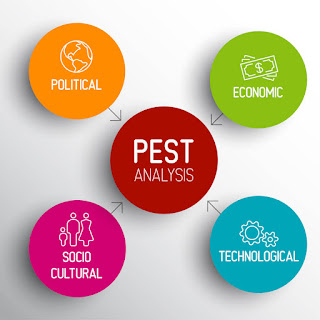
Acquiring new customers is the most obvious way for healthcare organizations to drive growth, but it is not the only way. More and more healthcare consulting firms are offering key account management training, an innovative new approach to account management that teaches professionals to focus their efforts on a few key accounts in their portfolio. Here are a few of the benefits of investing in this type of training for your firm’s account managers.
1. Retain Existing Customers
Keeping the customers you have is always easier than finding new ones. Existing customers know what you have to offer and have found your services satisfactory over the months or years they have been working with you.
Key account management training can help you build on that existing trust to forge iron-clad relationships that benefit both parties. When customers know that you will go above and beyond for them, you can win their loyalty for a lifetime.
2. Grow Existing Accounts
It is easy to think that the goal of customer retention is to maintain consistent income from that account over time. This is not true. Your existing customers may actually have much more interest in purchasing additional solutions from you than either of you realizes.
A well-trained account manager understands that key accounts in their roster have untapped potential. They should always be looking for opportunities to show their clients some new product or service your organization offers that will meet their clients’ needs, even before those needs have been expressed. Doing this will allow them to capture more revenue from these accounts and easily achieve sustainable growth.
3. Develop Your Understanding of Your Target Customers
When you know your current customers like the back of your hand, you also gain knowledge about what future customers will respond to. Products or services that are popular with several accounts will probably be appreciated by similar organizations and may merit greater investment from your firm.
Key account management training teaches your staff to observe trends in their customers’ needs and apply them to later sales opportunities. This tactic is especially effective when excellent account management skills are paired with additional information from pharmaceutical market research companies and other sources of real-world customer data.
4. Secure Long-Term Revenue
No firm can rely on project-to-project income forever. Every organization must build long-term sources of revenue to continue to grow and expand.
Key account management training gives your staff the tools they need to deliver outstanding service on a consistent basis. This keeps customers satisfied and happy to keep giving you their business for many years to come.
5. Drive Word-of-Mouth Marketing
When your customers know they can depend on your organization for innovative solutions and excellent service, they will happily recommend you to other organizations in the industry. This allows you to build momentum based on your past successes and organically grow your customer base.
Key account management training helps your staff further develop their skillsets to meet the needs of even the most discerning customers. With this knowledge to guide them, they will have no trouble delivering the high-quality service that will get you those coveted recommendations.
Get Key Account Management Training from a Top Training Organization
Healthcare is a highly competitive field, and your firm needs every advantage it can get to stay on top. Key account management training can help your staff master the advanced customer service skills they need to make your biggest accounts even more lucrative.
The Brooks Group provides a full curriculum of training programs for account managers in the healthcare industry, including employee onboarding training and strategic account management training. Contact us today to learn more about how you can enroll your workforce in these programs and set your company up for success.





